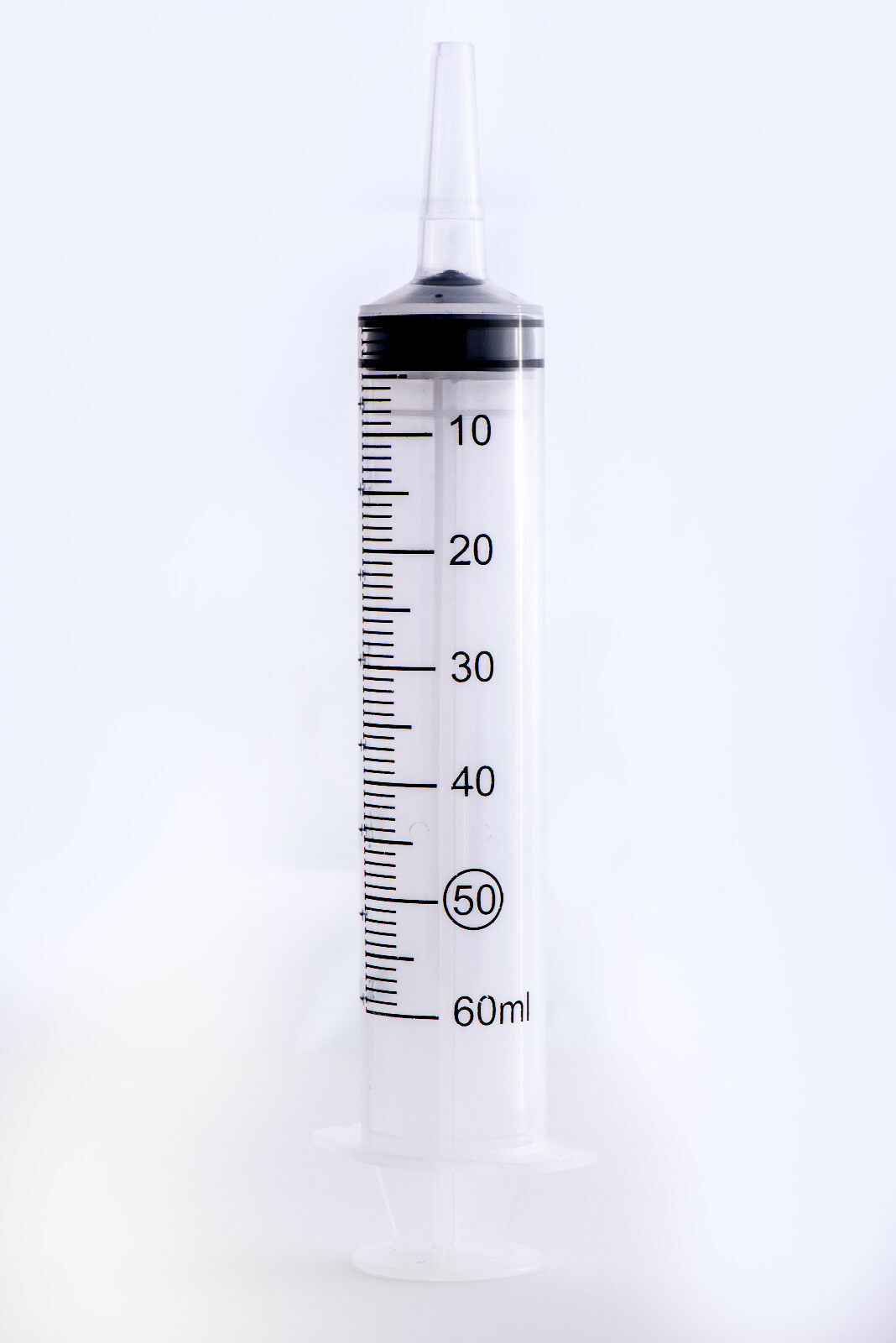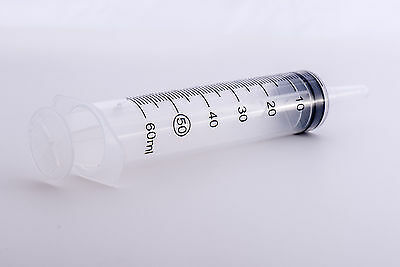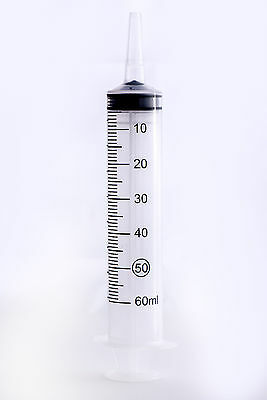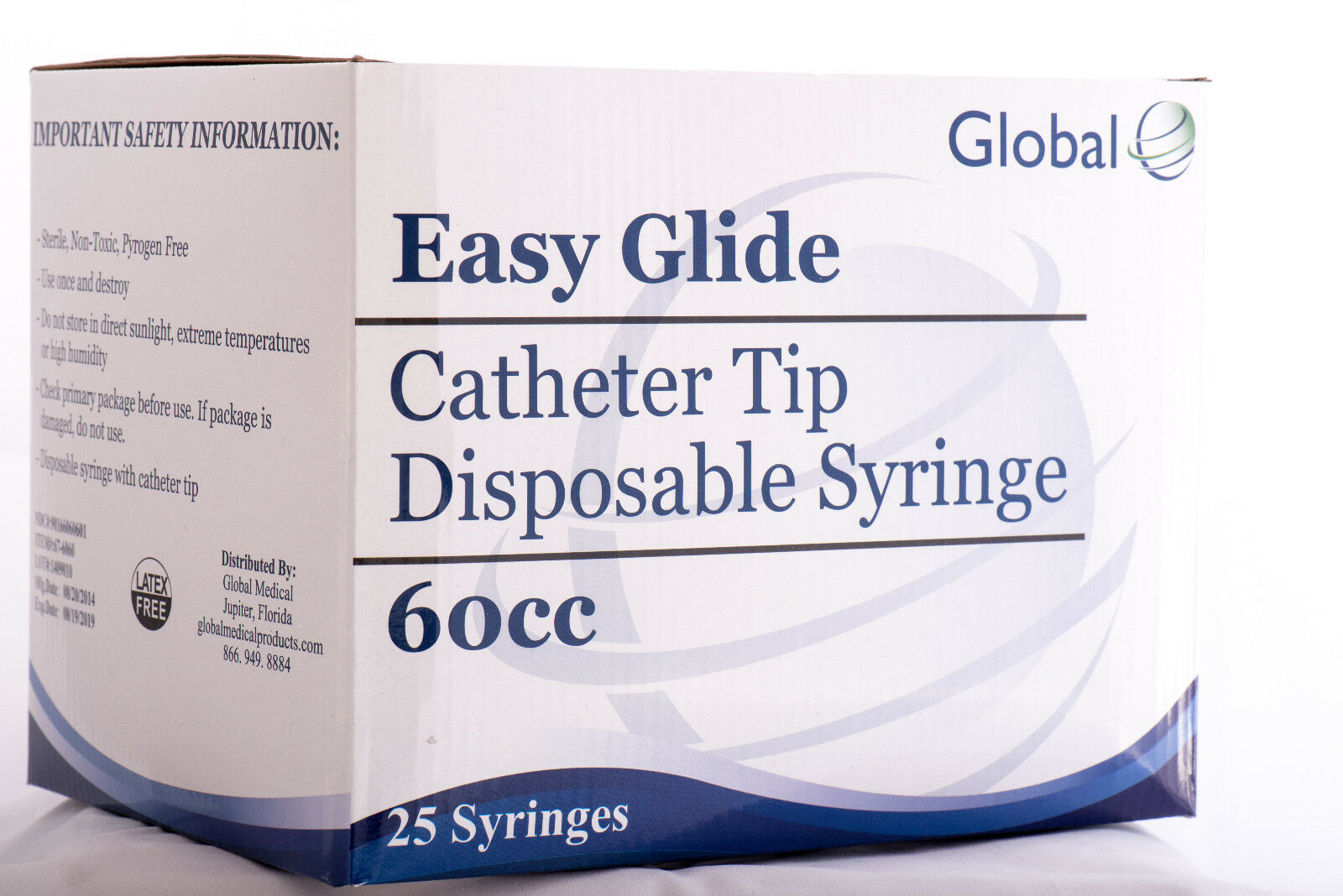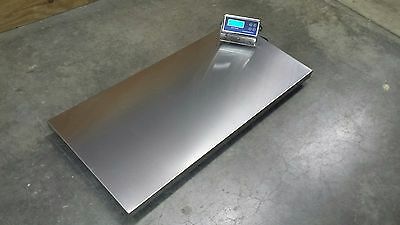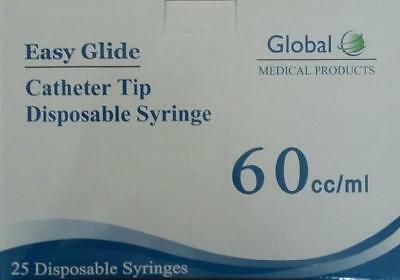-40%
SAFEGUARD CATTLE PASTE DEWORMER Safe for Breeding Pregnant Lactating Cows Horses
$ 32.86
- Description
- Size Guide
Description
SAFEGUARD CATTLE PASTE DEWORMERMPN:
25226M
Size
:
290 gm
PRODUCT DESCRIPTION
SAFEGUARD CATTLE PASTE DEWORMER
Safe-Guard® Horse and Cattle Dewormer Paste 10% by Intervet/Merck Animal Health
Safe-Guard® (fenbendazole) Paste 10% contains the active anthelmintic, fenbendazole.
Horses:
Safe-Guard® Paste 10% is indicated for the control of large strongyles (Strongylus edentatus, S. equinus, S. vulgaris), encysted early 3rd stage (hypobiotic), late 3rd stage and 4th stage cyathostome larvae, small strongyles, pinworms (Oxyuris equi), ascarids (Parascaris equorum), and arteritis caused by 4th stage larvae of Strongylus vulgaris in horses. Safe-Guard® Paste 10% is approved for use concomitantly with an approved form of trichlorfon. Trichlorfon is approved for the treatment of stomach bots (Gasterophilus spp.) in horses. Refer to the manufacturer’s label for directions for use and cautions for trichlorfon.
Beef and Dairy Cattle:
Safe-Guard® Paste 10% is indicated for the removal and control of: Lungworm (Dictyocaulus viviparus); Stomach worms: (Haemonchus contortus, Ostertagia ostertagi, Trichostrongylus axei); Intestinal worms: (Bunostomum phlebotomum, Nematodirus helvetianus, Cooperia punctata & C. oncophora, Trichostrongylus colubriformis, Oesophagostomum radiatum).
CONTRAINDICATIONS: There are no known contraindications for the use of Safe-Guard® Paste 10% in horses or cattle. In dairy cattle, there is no milk withdrawal period.
PRECAUTIONS:
Horse: Side effects associated with Safe-Guard® Paste 10% could not be established in well-controlled safety studies in horses with single doses as high as 454 mg/lb. (1,000 mg/kg) and 15 consecutive daily doses of 22.7 mg/lb. (50 mg/kg). At higher dose levels, the lethal action of fenbendazole may cause the release of antigens by the dying parasites. This phenomenon may result in either a local or systemic hypersensitive reaction varying in severity from itching or a rash to increased respiration and collapse. A veterinarian should be consulted if this type of reaction is suspected.
Safe-Guard® Paste 10%
has been evaluated for safety in pregnant mares during all stages of gestation with doses as high as 11.4 mg/lb. (25 mg/kg) and in stallions with doses as high as 11.4 mg/lb (25 mg/kg). No adverse effects on reproductivity were detected. The recommended dose for control of 4th stage larvae of Strongylus vulgaris, 4.6 mg/lb. (10 mg/kg) daily for 5 consecutive days, has not been evaluated for safety in stallions or pregnant mares.
Internal Parasites:
Regular deworming at intervals of six to eight weeks may be required due to the possibility of reinfection.
Migrating Tissue Parasites:
In the case of 4th stage larvae of Strongylus vulgaris, treatment and retreatment should be based on the life cycle and the epidemiology. Treatment should be initiated in the spring and repeated in the fall after a six-month interval.
Optimum Deworming Program for control of S. vulgaris:
Optimum reduction of S. vulgaris infections is achieved by reducing the infectivity of the pastures. When horses are running on pasture, in temperate North America, maximum pasture infectivity occurs in October - December. If horses are removed from those pastures in January, pasture infectivity will decline to zero by July 1. Egg production of S. vulgaris is minimal from January through April, peaking in August and declining to minimal values in December.
Recommended Deworming Program:
**December 1, February 1, April 1, June 1, August 1, October 1. The two treatments which are in bold type are the recommended periods when the 5-day treatment regimen for the control of the migrating larvae of S. vulgaris should be performed. **For other areas in the world, retreatment periods for the migrating larvae of S. vulgaris may be different; consult with your veterinarian.
CAUTION:
When using Safe-Guard® (fenbendazole) Paste 10% concomitantly with trichlorfon, refer to the manufacturer’s labels for use and cautions for trichlorfon.
WARNING: Do not use in horses intended for human consumption.
DOSAGE:
Horse: Safe-Guard® Paste 10% is administered orally at a rate of 2.3 mg/lb. (5 mg/kg) for the control of large strongyles, small strongyles, and pinworms. Each mark on the plunger rod corresponds to a dose of 5 mg/kg (2.3 mg/lb.) for 250 lbs. body weight.
For foals and weanlings (less than 18 months of age) where ascarids are a common problem, the recommended dose is 4.6 mg/lb. (10 mg/kg) or two marks will deworm a 250 lb. horse.
For control of encysted early 3rd stage (hypobiotic), late 3rd stage and 4th stage cyathostome larvae and 4th stage larvae of Strongylus vulgaris, the recommended dose is 4.6 mg/lb. (10 mg/kg) daily for 5 consecutive days; administer two marks for each 250 lbs. body weight per day.
Horse: SEE PRECAUTIONS FOR RETREATMENT RECOMMENDATIONS.
WARNING: Cattle must not be slaughtered within 8 days following last treatment.
DOSAGE:
Beef and Dairy Cattle: Safe-Guard® Paste 10% is administered orally at a rate of 2.3 mg/lb (5 mg/kg) or 11.5 g Safe-Guard® (fenbendazole) Paste for 500 lb. body weight (227 kg). Under conditions of continuous exposure to parasites, retreatment may be needed after 4 - 6 weeks.
Available sizes:
290 gram tube (will need a dispensing gun)
Dispensing Gun
***This product cannot ship to the state of CA***
Froo www.froo.com | Froo Cross Sell, Free Cross Sell, Cross promote, eBay Marketing, eBay listing Apps, eBay Apps, eBay Application

